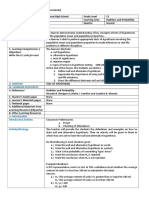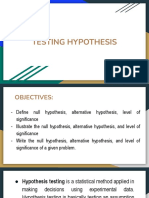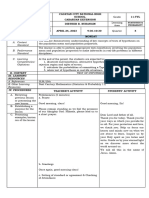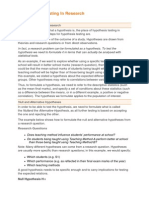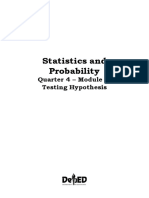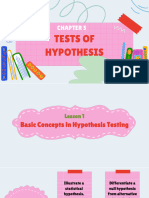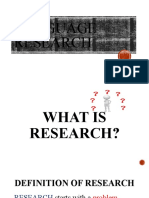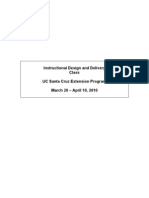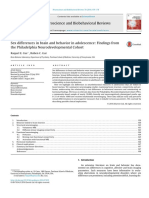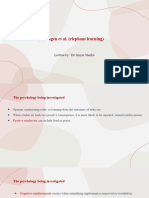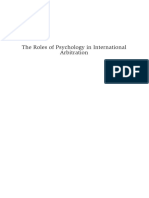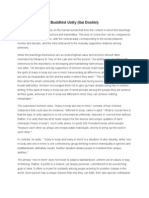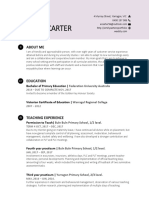0% found this document useful (0 votes)
29 views10 pagesSample LP
This lesson plan focuses on teaching students about null and alternative hypotheses in statistics and probability, with a time frame of 60 minutes. Students will learn to differentiate between these hypotheses, formulate them based on real-life scenarios, and understand their significance in hypothesis testing. The lesson includes preliminary activities, discussions, experiments, group activities, and evaluations to reinforce learning objectives.
Uploaded by
Salvador CabaldoCopyright
© © All Rights Reserved
We take content rights seriously. If you suspect this is your content, claim it here.
Available Formats
Download as DOCX, PDF, TXT or read online on Scribd
0% found this document useful (0 votes)
29 views10 pagesSample LP
This lesson plan focuses on teaching students about null and alternative hypotheses in statistics and probability, with a time frame of 60 minutes. Students will learn to differentiate between these hypotheses, formulate them based on real-life scenarios, and understand their significance in hypothesis testing. The lesson includes preliminary activities, discussions, experiments, group activities, and evaluations to reinforce learning objectives.
Uploaded by
Salvador CabaldoCopyright
© © All Rights Reserved
We take content rights seriously. If you suspect this is your content, claim it here.
Available Formats
Download as DOCX, PDF, TXT or read online on Scribd
/ 10























